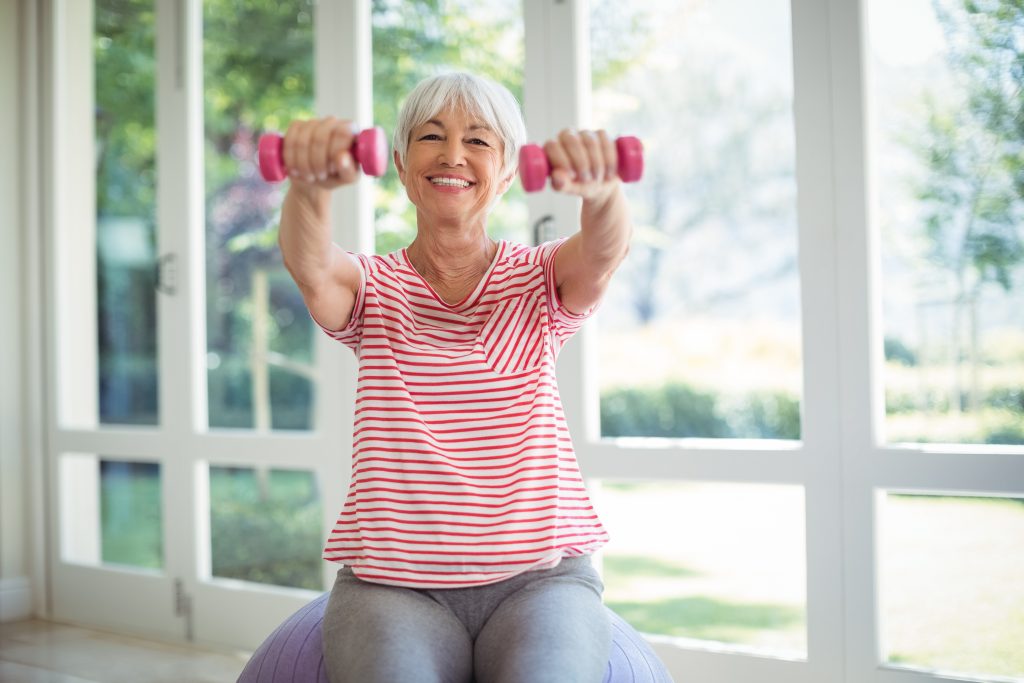Senior Physiotherapist Sue Lin recently attended an Education Workshop hosted by Fit Right Physiotherapy, with Dr. Jane Weeks from the Menopause and MSAC Clinic at KEMH.
The afternoon covered the latest information regarding the medical management of Menopause symptoms and clarification about the roles of certain hormones according to current research. A clinical framework for safe exercise in the Peri to Post Menopausal group was also discussed.
Diagnosis of Menopause
The diagnosis of Menopause, and perimenopause is made retrospectively based on changes in menstruation, and onset of associated symptoms.
The incidence of women having children much later in life means that the Post Natal period for some women, and Perimenopause can cross over. So return to exercise is something that ideally should be managed by a Physiotherapist with adequate knowledge in this field, to reduce the incidence of preventable musculoskeletal issues.
Premature Menopause
A significant portion of women experience Early (ages 40-45), or Premature (younger than age 40) Menopause, or medically induced Menopause. When left untreated, the insufficiency in Ovarian hormones;
- Can negatively impact bone mineral density, causing an increased risk of Osteoporosis
- Is associated with an increased risk of Cardiovascular disease
- Can result in cognitive impairment
- Has an impact on psychological health
- Can cause fertility problems
Symptoms of Menopause
The hormonal changes during perimenopause, and menopause can result in a number of undesirable symptoms;
- Hot flushes
- Joint and muscle aches (these structures have hormone receptors)
- Sleep disturbance
- Thinning of connective tissues (skin, tendons, muscles)
- Uritogenital changes (vaginal dryness, incontinence)
- Changes in weight distribution
- Trouble concentrating/focusing
It is important for women to realise that these changes are hormonally driven, and everyone will be affected differently, but essentially these changes are inevitable. For example, something like weight management strategies that have always worked, will no longer be as effective.
How Physios can help
As Physiotherapists, there are a number of areas where our skill set can help improve women’s quality of life:
- management of muscular aches and pains,
- pelvic floor assessment and treatment,
- provision of safe exercise options for not only protecting muscles and bones, but increasing their strength to prevent injury, and slow the rate of decline in BMD (bone mineral density).
Bone Health
During menopause, there is an average reduction in BMD of 10% in the first 5 years, and an ongoing rate of 1%. This has huge implications for women, as the rate of fracture for an Osteoporotic woman increases by 50%, after she sustains her first fracture.
Physiotherapists can play a substantial role in addressing the following risk factors;
- Balance Training
- Falls Prevention Strategies
- Resistance Exercise
And additionally we can provide guidance in onward referral for addressing lifestyle risk factors such as diet, smoking, and alcohol, as well as networking with trusted Podiatrists, Occupational Therapists, and Psychologists, to develop a patient centered approach to managing other common problems for example ongoing foot pain, wrist tendon issues, or depression and anxiety.
As women, there are so many things that make us unique and special, so it makes sense that you would trust your body to an expert that has additional training in Women’s Health and understands how to manage the common issues that the maturing female body is experiencing.
written by Sue Lin Kalisch, Senior Physiotherapist at Infusion Pilates and Physiotherapy


